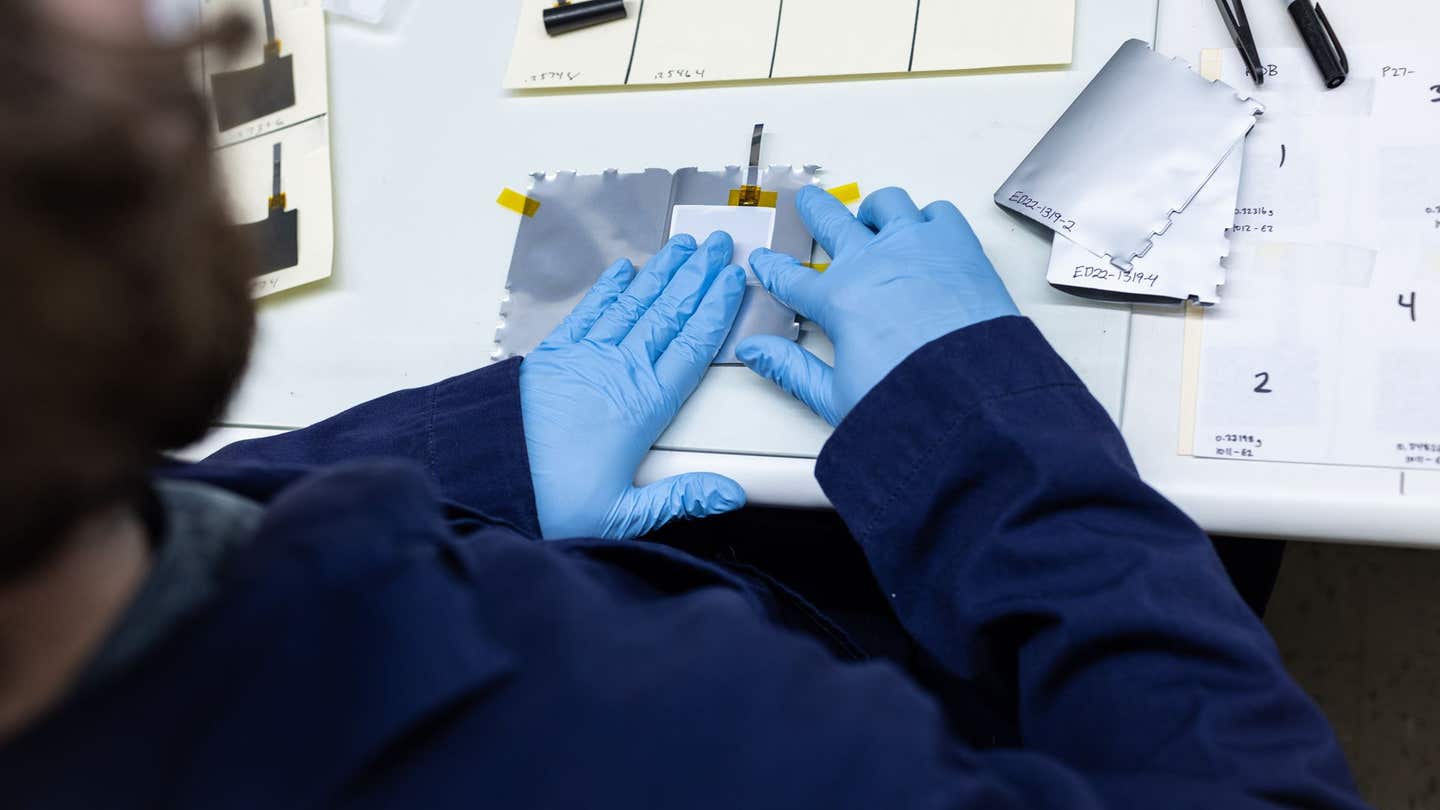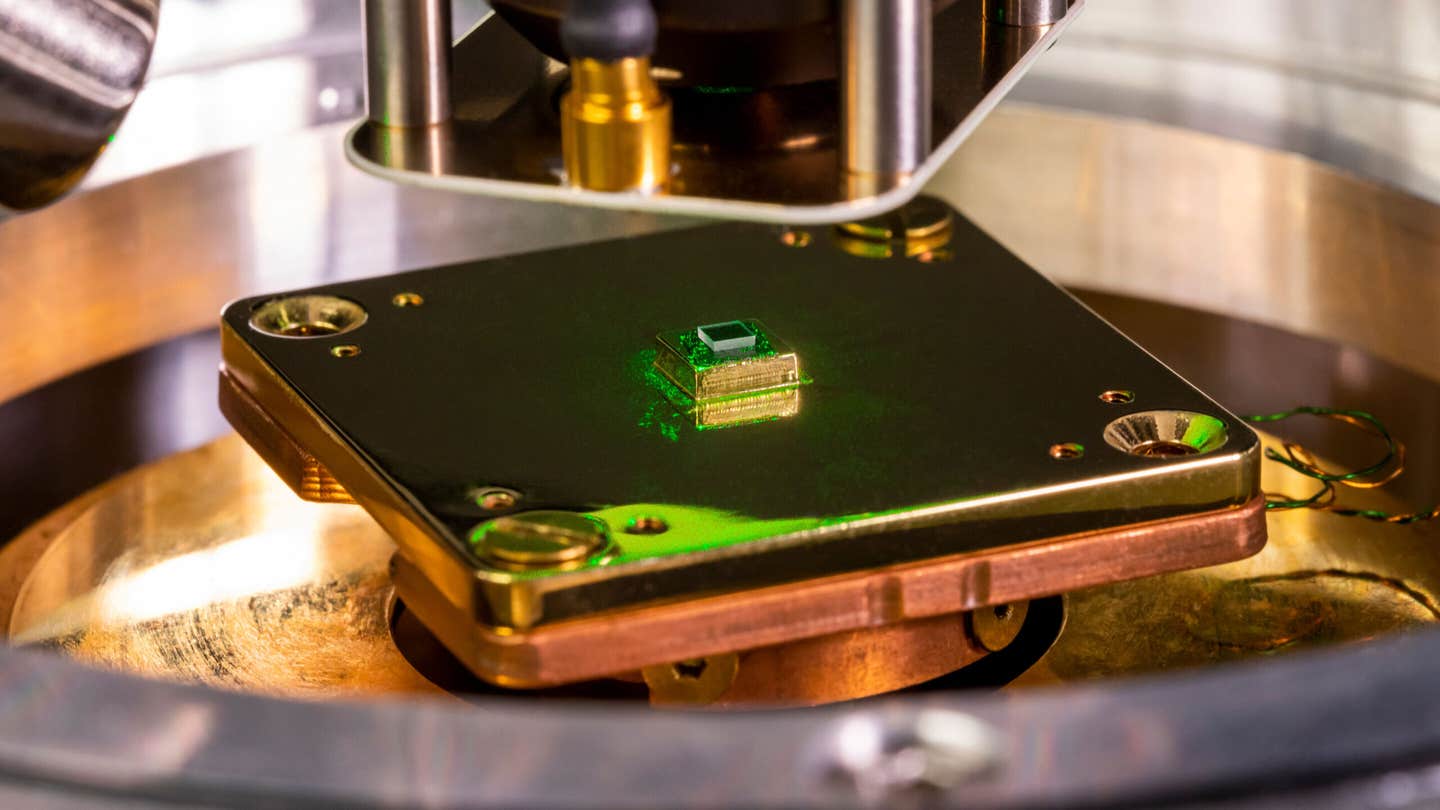Safer, low-cost alternative to lithium batteries could bring electricity to a billion underserved people
Lithium-ion battery risks—especially fire and toxic exposure—make them a poor fit for crowded cities or industrial sites.

Alsym nonflammable energy storage batteries being made. (CREDIT: Alsym)
Lithium-ion batteries have powered much of the global push toward cleaner energy. But their risks—especially fire and toxic exposure—make them a poor fit for crowded cities or industrial sites. Their chemical makeup, while effective for vehicles and small-scale use, raises safety issues in places that demand large energy storage.
A new battery design from Alsym Energy could change that. Built using more stable and abundant materials, the technology ditches flammable components in favor of a water-based electrolyte. It offers a safer, more sustainable option for storing renewable energy and cutting industrial emissions.
A Cleaner, More Reliable Path to Energy
“Renewables are intermittent, so you need storage,” says Kripa Varanasi, an MIT professor and Alsym co-founder. “To truly solve the decarbonization problem, we need affordable batteries that can be made anywhere.” The company’s battery avoids lithium altogether, opening doors for use in environments where safety is non-negotiable.
The battery's design relies on metal oxides, including manganese oxide, for its electrodes. With a water-based electrolyte, fire hazards disappear. That means these batteries can be installed close together, cutting down on both footprint and cost. There's no need for heavy-duty safety gear, and current battery factories can retool easily to produce them.
Alsym CEO and co-founder Mukesh Chatter sees this as a major shift. “No chemical or steel plant would dare put a lithium battery on their premises,” he says. “Industrial emissions are a much bigger problem than passenger cars, and this approach offers a new path.” By removing safety concerns, the technology opens up entire sectors that previously avoided energy storage.
Chatter’s mission is deeply personal. After his mother died from cancer in 2012, he turned his attention to problems affecting billions, not just millions. He began focusing on energy access—something he saw as foundational to modern life and equity.
“When you don’t have electricity, you lose access to essentials like the internet, cell phones, and education,” Chatter explains. He joined forces with Varanasi, along with Rensselaer professor Nikhil Koratkar and researcher Rahul Mukherjee, to build a battery that could be both safe and affordable. Their work could help power more than just machines—it could help empower communities.
Related Stories
Despite initial challenges in recruiting researchers, Chatter's determination led to the formation of Alsym Energy. By 2020, the team had finalized their innovative battery chemistry after exploring various alternatives.
Revolutionizing Energy Storage
The battery’s design addresses a range of needs. While its energy density is slightly lower than lithium-ion batteries, its adaptability shines. A 20-foot container of Alsym batteries stores 1.7 megawatt-hours of electricity and supports fast charging within four hours. It can also discharge power over durations ranging from two to 110 hours, making it suitable for diverse applications.
"We're highly configurable," Chatter notes. "This flexibility is critical for scenarios like running two solar cycles a day or combining solar and wind for continuous power."
Alsym’s technology supports renewable energy sources and caters to sectors previously underserved by conventional batteries. Industries such as chemical manufacturing, metal processing, and data centers now have safer, greener energy storage options. As artificial intelligence and digitalization expand, data centers face rising energy demands. Varanasi emphasizes the opportunity: "We must power the AI and digitization revolution without compromising our planet."
The company has also started field testing with customers worldwide. These tests include collaborations with municipalities, utilities, generator manufacturers, and providers of residential and commercial power. Discussions are underway with chemical and metal processing facilities to reduce their carbon footprint using Alsym’s storage solutions.
A Platform for Broader Innovation
Alsym's innovation isn’t confined to a single battery design. Varanasi describes the company as a "platform for energy storage," capable of supporting multiple chemistries for diverse applications. This flexibility reduces reliance on any single material, mitigating supply chain pressures.
"When you use a single material globally, you risk running out of it," Varanasi explains. "Our platform has already enabled us to develop three or four additional chemistries, each targeted at specific applications."
Alsym’s technology also tackles intermittent challenges faced by electrolyzers in green hydrogen production. By providing a reliable and sustainable storage solution, the company is contributing to global decarbonization efforts across industries.
Chatter's original goal—to bring electricity to a billion underserved people—remains central to Alsym’s mission. But the potential applications extend far beyond. With the ability to decarbonize industrial sectors, support renewable energy, and meet rising data center demands, Alsym’s batteries could drive profound global change.
“We started wanting to light up homes for a billion people,” Chatter reflects. “Now, we have a chance to impact the entire globe by cutting industrial emissions.”
Note: Materials provided above by The Brighter Side of News. Content may be edited for style and length.
Like these kind of feel good stories? Get The Brighter Side of News' newsletter.



